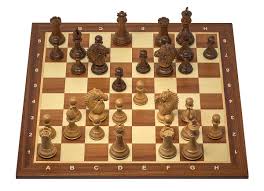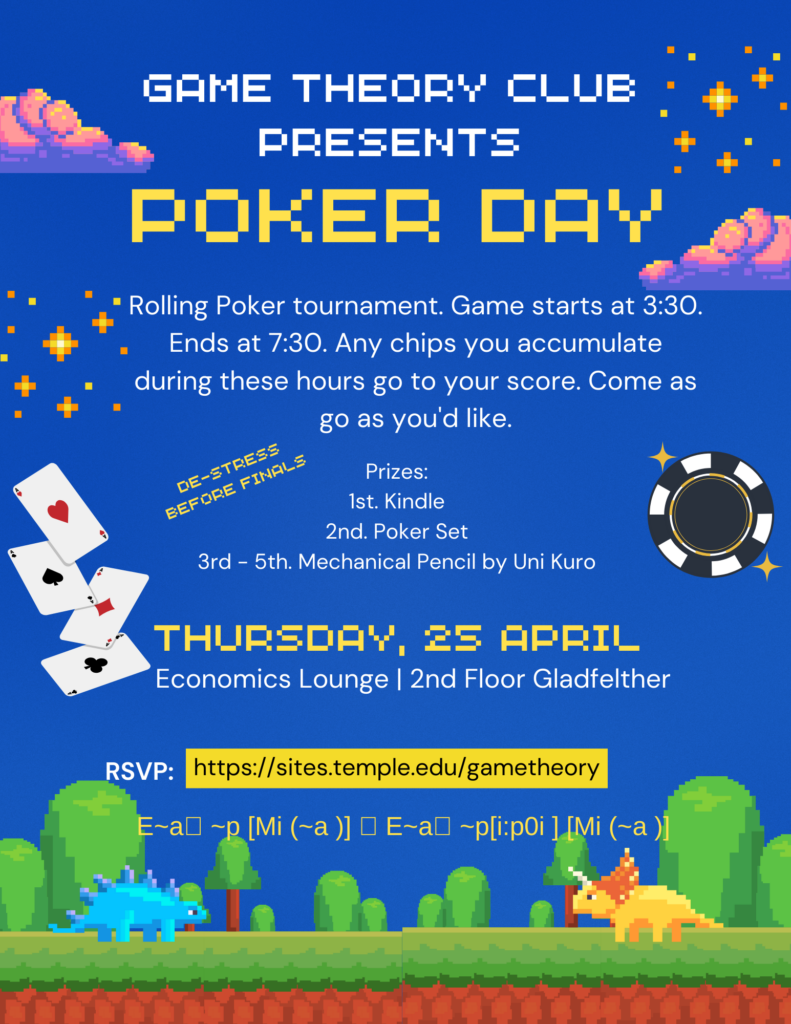Chess, often dubbed the “game of kings,” is a classic example of strategic thinking and tactical prowess. Beyond its status as a board game, chess has been a subject of extensive study in mathematics, psychology, and computer science. One of the most profound ways to analyze chess is through the lens of game theory—a branch of mathematics that studies strategic interactions among rational decision-makers. This article explores how game theory applies to chess, shedding light on the underlying principles that govern optimal play and strategic decision-making.
Understanding Game Theory
Game Theory is a mathematical framework for analyzing situations where players make decisions that are interdependent. This means the outcome for each participant depends not only on their own decisions but also on the decisions of others. Key concepts in game theory relevant to chess include:
- Zero-Sum Games: Situations where one player’s gain is exactly balanced by the losses of other players.
- Perfect Information: Games where all players are fully informed about all the moves that have taken place and all the potential moves that can be made.
- Nash Equilibrium: A scenario where no player can benefit by changing their strategy while the other players keep theirs unchanged.
- Minimax Theorem: A principle that prescribes choosing a strategy that minimizes the maximum possible loss.
Chess as a Game Theoretical Model
Zero-Sum Nature
Chess is the quintessential zero-sum game. There are two players, and the success of one inherently means the failure of the other. The objectives are directly opposed: each player aims to checkmate the opponent’s king while preventing their own king from being checkmated.
Perfect Information
In chess, both players have complete knowledge of the game state at all times. There are no hidden cards or undisclosed information, which means the game is entirely transparent. This aspect makes chess an excellent subject for theoretical analysis because it eliminates uncertainty stemming from imperfect information.
Complexity and Combinatorics
Despite its perfect information, chess is incredibly complex. The game has an estimated 1012010^{120}10120 possible sequences of moves, known as the Shannon Number. This astronomical figure makes solving chess (determining the outcome of every possible game from every possible position) computationally infeasible with current technology.
Minimax and Optimal Strategies in Chess
The Minimax Algorithm
The minimax algorithm is a decision rule used for minimizing the possible loss while maximizing the potential gain. In the context of chess:
- Minimize the maximum possible gain of the opponent.
- Maximize the minimum gain for oneself.
This algorithm assumes that the opponent will also play optimally, seeking to maximize their own advantage. Chess engines utilize the minimax algorithm, often enhanced by techniques like alpha-beta pruning to eliminate branches of the game tree that won’t be selected by rational play.
Chess Engines and Artificial Intelligence
Modern chess engines, such as Stockfish and AlphaZero, employ advanced versions of the minimax algorithm combined with machine learning techniques. They evaluate millions of positions per second, using heuristics to assess the strength of different moves and strategies.
Equilibrium in Chess
Ernst Zermelo
Zermelo’s 1913, Über eine Anwendung der Mengenlehre auf die Theorie des Schachpiels, is an account of an address given at the Fifth International Congress of Mathematicians in Cambridge in 1912. It is often cited as the first mathematical analysis of strategies in games. While the paper claims to be an application of set theory, and while it would have appeared that way to Zermelo’s contemporaries, the set-theoretic notions in the paper have since become part of standard mathematical practice, and to modern eyes the arguments in the paper are more combinatorial than set-theoretic. The notion of “Zermelo’s Theorem” (usually described as a variant of “in chess, either White or Black has a winning strategy, or both can force a draw”) derives from this paper.
Nash Equilibrium and Chess
In game theory, a Nash equilibrium occurs when players choose strategies that are best responses to each other, and no player has anything to gain by changing only their own strategy unilaterally. In chess, reaching a Nash equilibrium would imply both players are playing optimally, and neither can improve their position by altering their strategy alone.
Theoretical Outcomes
A long-standing question in chess is whether the game, when played perfectly by both sides, results in a win for White, a win for Black, or a draw. Most theorists lean towards the game being a draw with perfect play, but this remains unproven due to the game’s complexity.
Computational Complexity and Limitations
The sheer number of possible positions in chess makes it impossible to compute the optimal move in every situation. This computational complexity means that both human players and engines must rely on heuristics, experience, and probabilistic assessments rather than definitive calculations.
Comparison with Solved Games
Games like tic-tac-toe and checkers have been “solved,” meaning the optimal strategy and outcome can be determined from any position. Checkers, for instance, was solved in 2007 by a team led by Jonathan Schaeffer, proving that with perfect play from both sides, the game results in a draw. Chess, however, is exponentially more complex and remains unsolved.
Practical Applications of Game Theory in Chess
Opening Preparation and Theory
Players use extensive databases of opening moves to prepare for games. This practice aligns with game theory principles by analyzing common lines and deviations to find strategies that minimize risks and exploit opponents’ weaknesses.
Predicting Opponent Moves
Understanding an opponent’s tendencies allows players to anticipate moves, effectively narrowing down the possible strategies the opponent might employ. This predictive aspect is a practical application of game-theoretical thinking.
Psychological Strategies
While chess is a game of perfect information, psychological elements still play a role. Players may choose sub-optimal moves that are complex or unfamiliar to the opponent, aiming to induce errors—a concept known as “practical play” in chess.
The Future of Chess and Game Theory
Advancements in AI
Artificial intelligence continues to revolutionize chess. Engines like AlphaZero have demonstrated that machine learning can develop unconventional strategies by playing millions of games against themselves, discovering insights beyond traditional human knowledge.
Deeper Game Theoretical Analysis
As computational power increases, the potential for deeper game-theoretical analysis grows. Future research may bring us closer to solving chess or at least understanding its optimal strategies more comprehensively.
Conclusion
Game theory provides a robust framework for analyzing chess, offering insights into optimal strategies, decision-making processes, and the fundamental nature of the game. While the complexity of chess prevents a complete game-theoretical solution with current technology, the principles of game theory continue to enhance our understanding and appreciation of this timeless game. As artificial intelligence and computational methods advance, the intersection of game theory and chess will undoubtedly yield even more fascinating developments, enriching both fields in the process.

